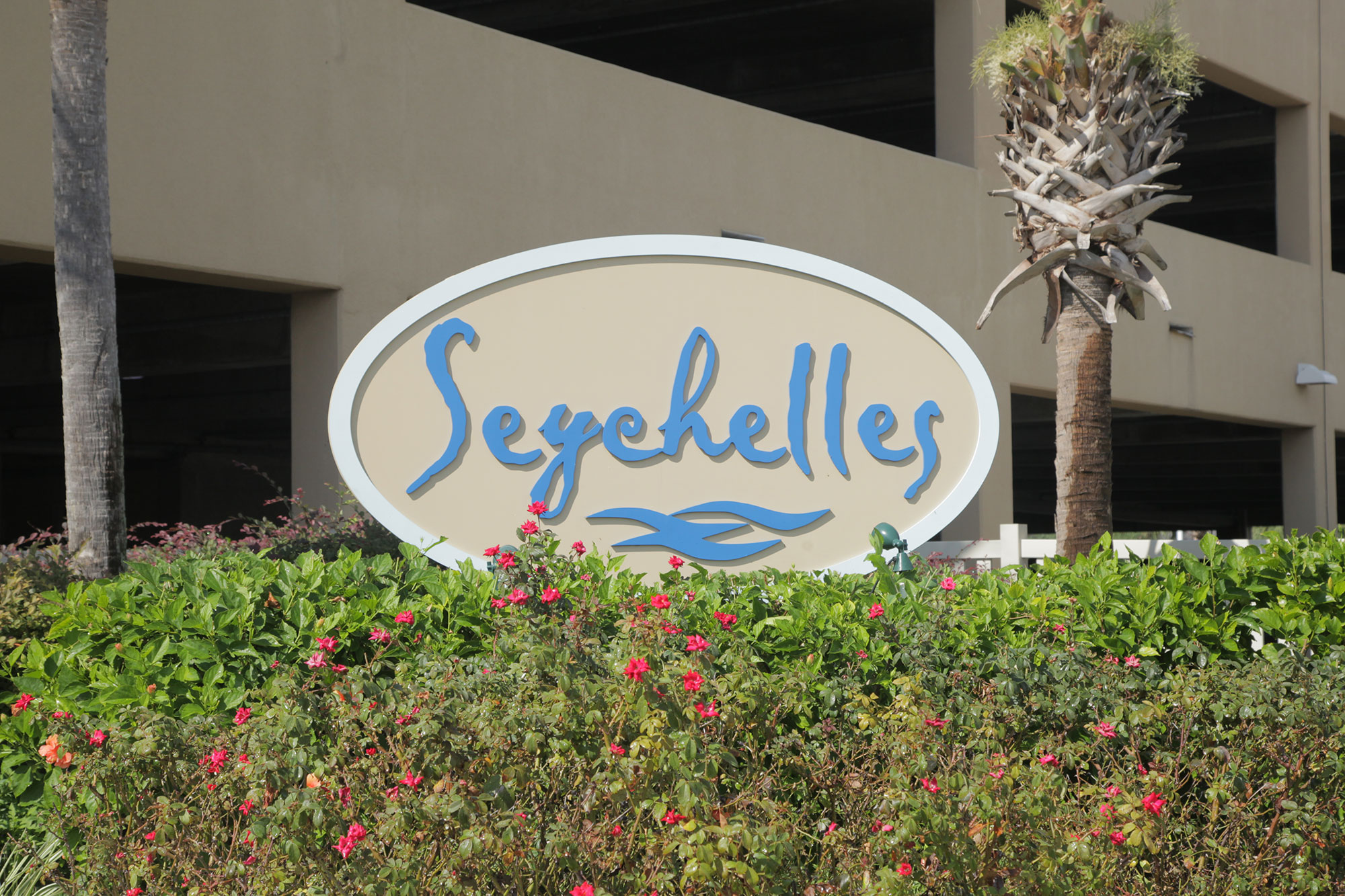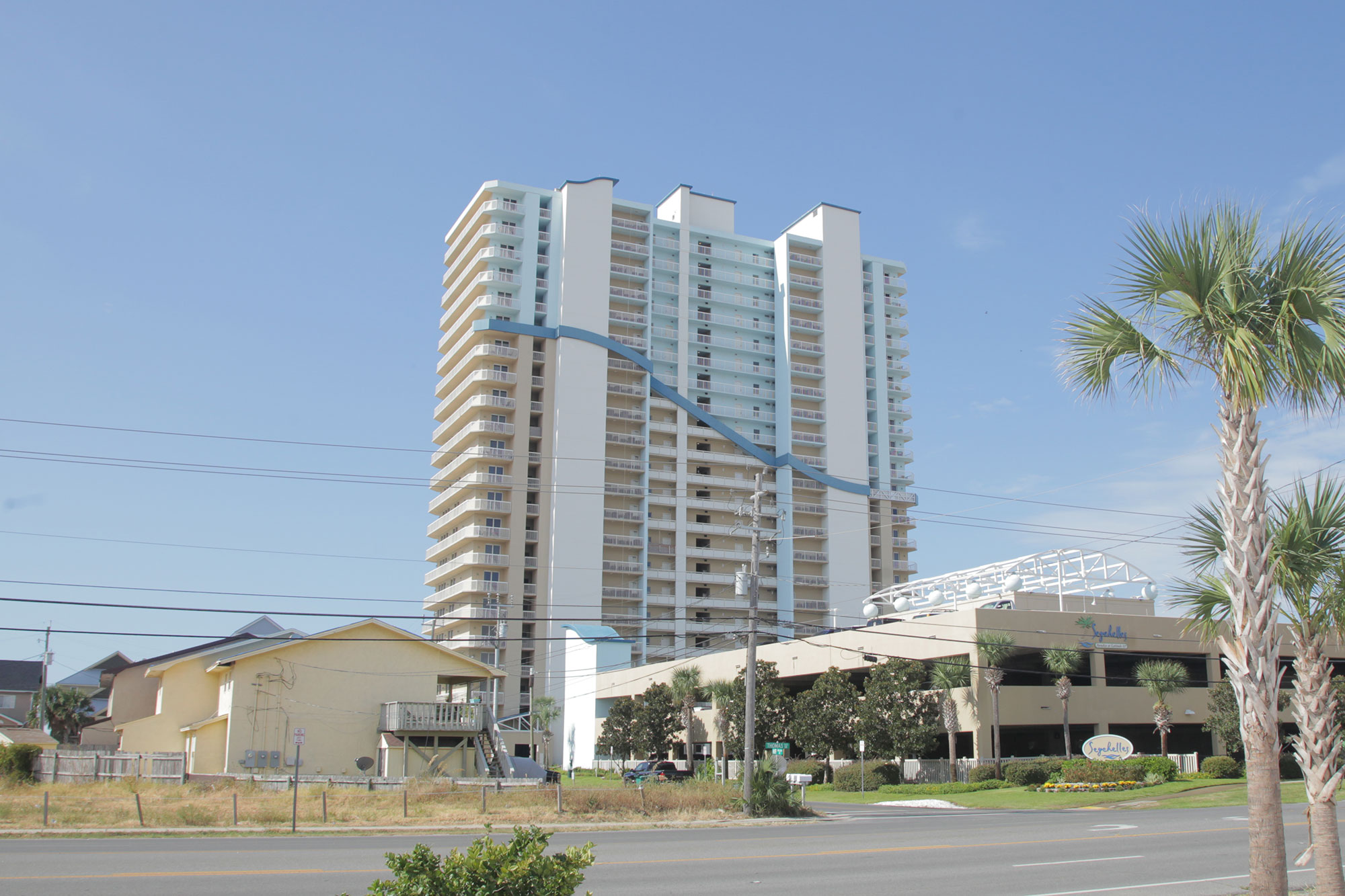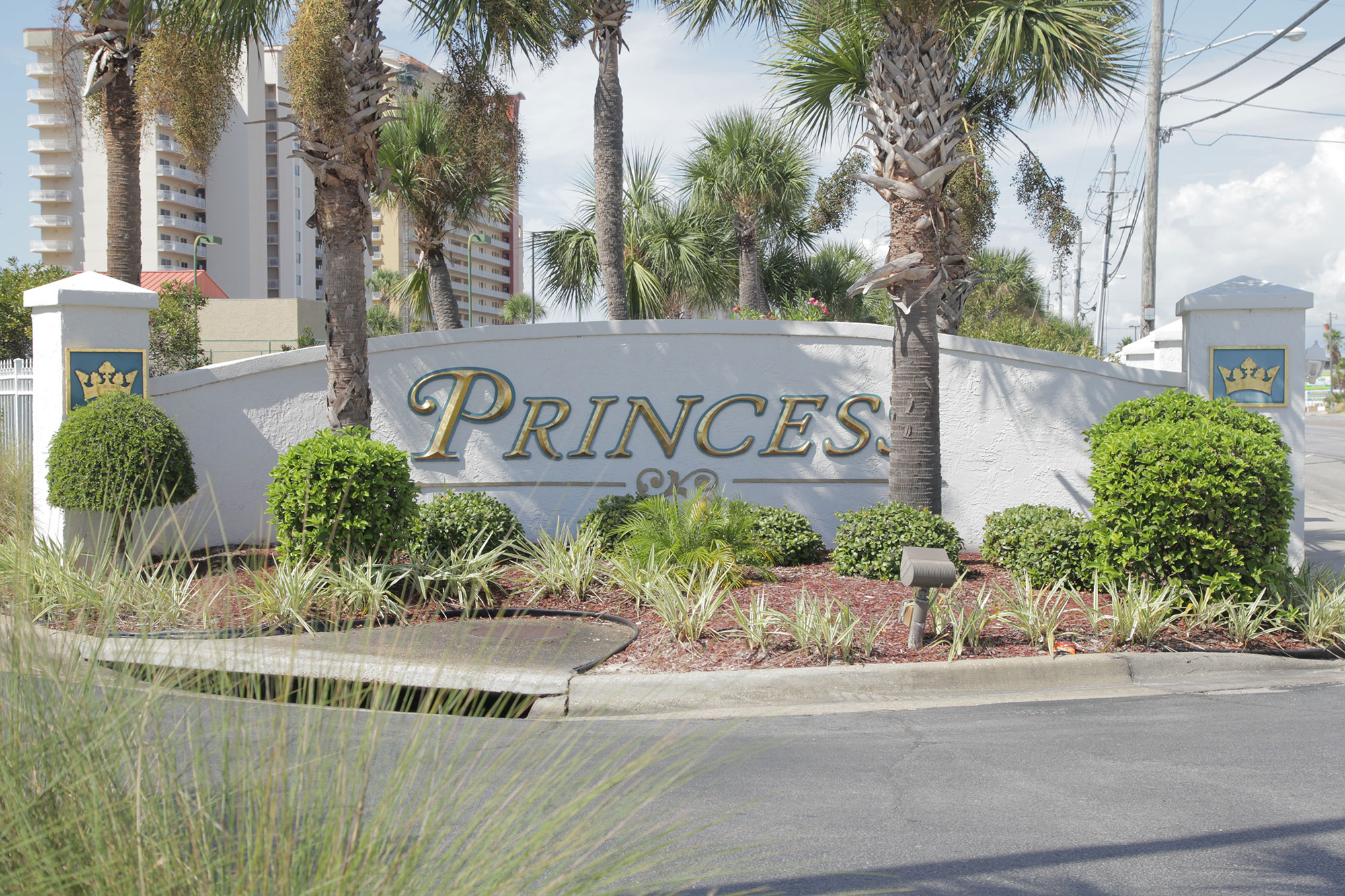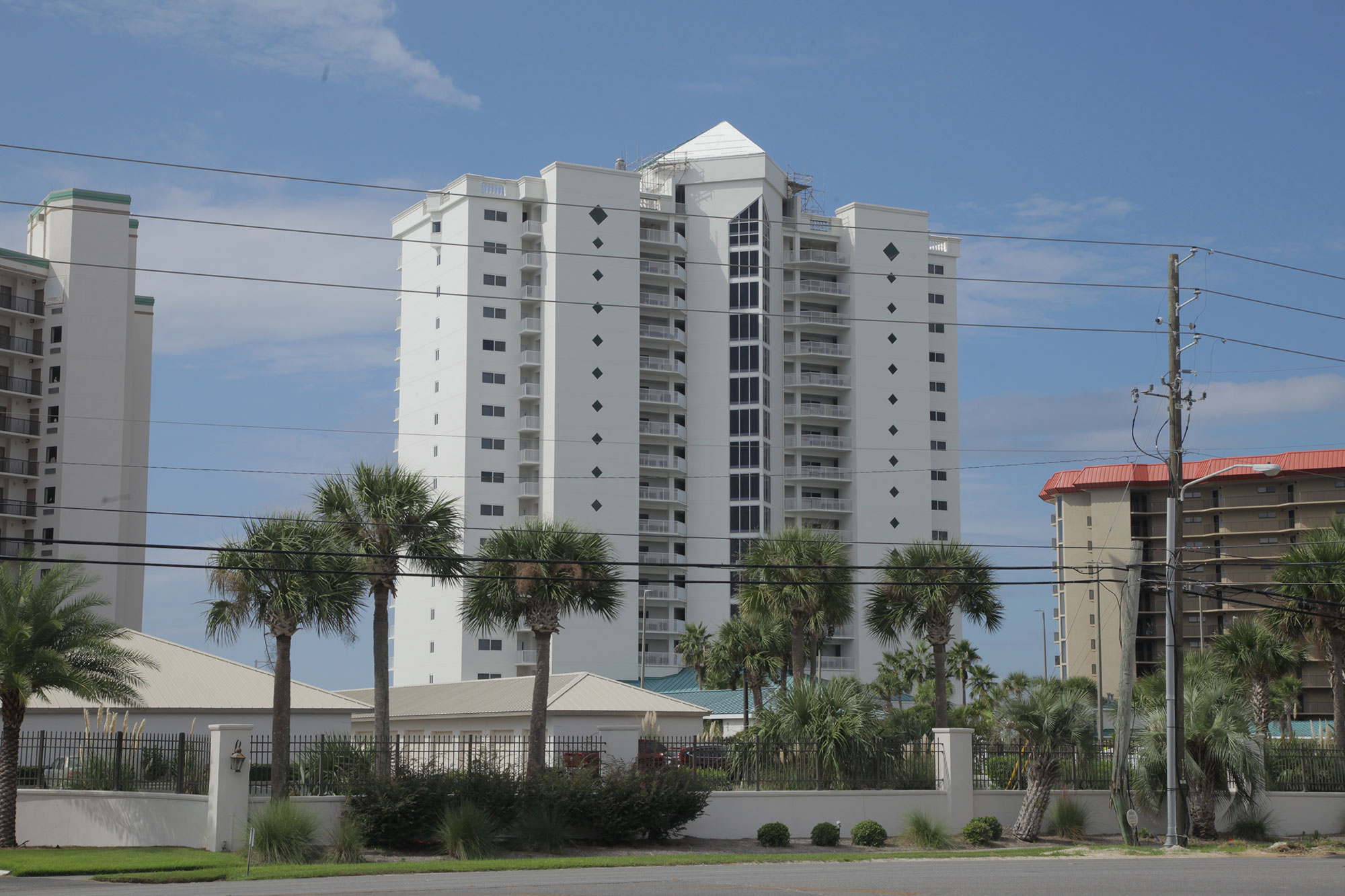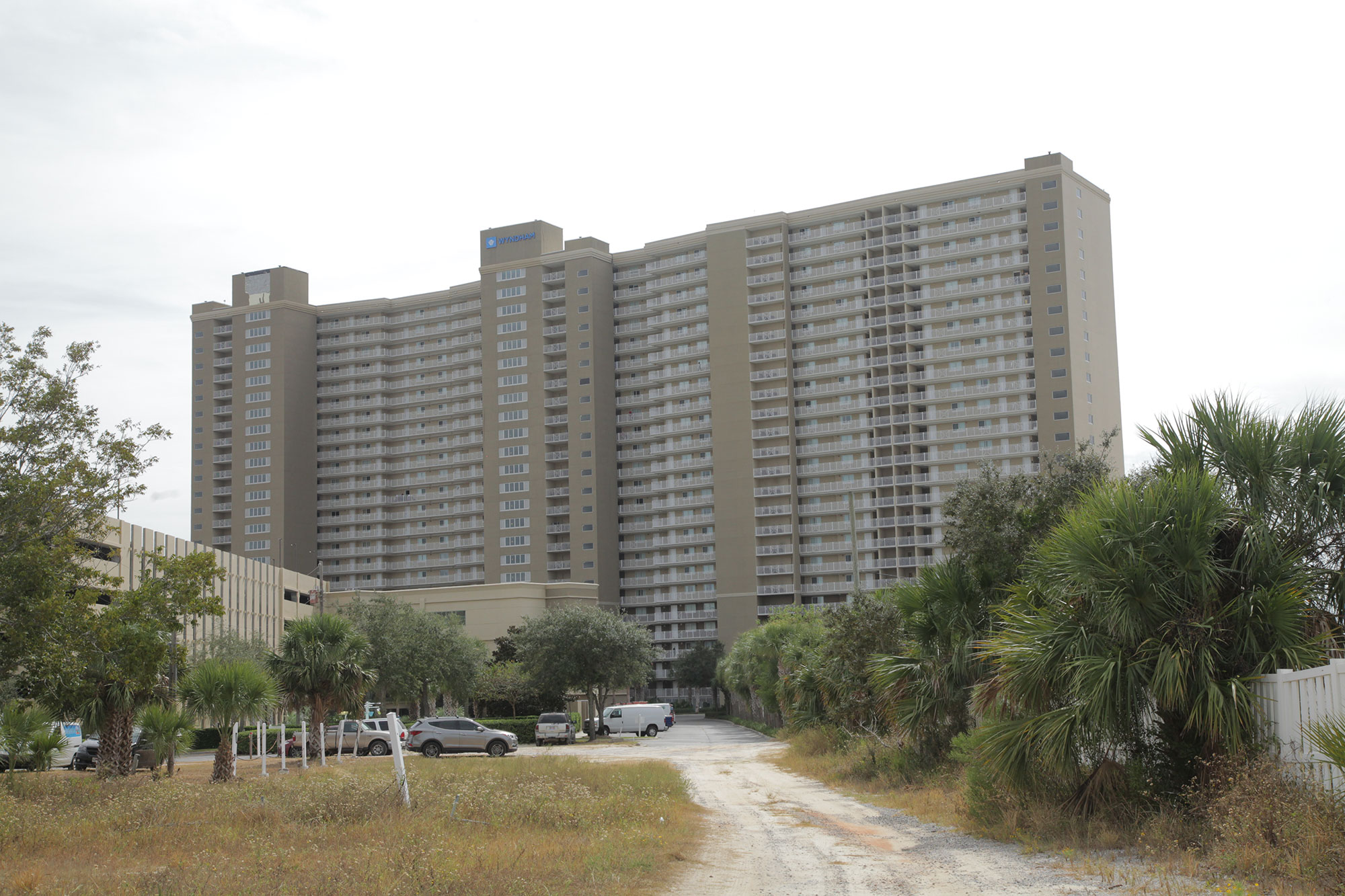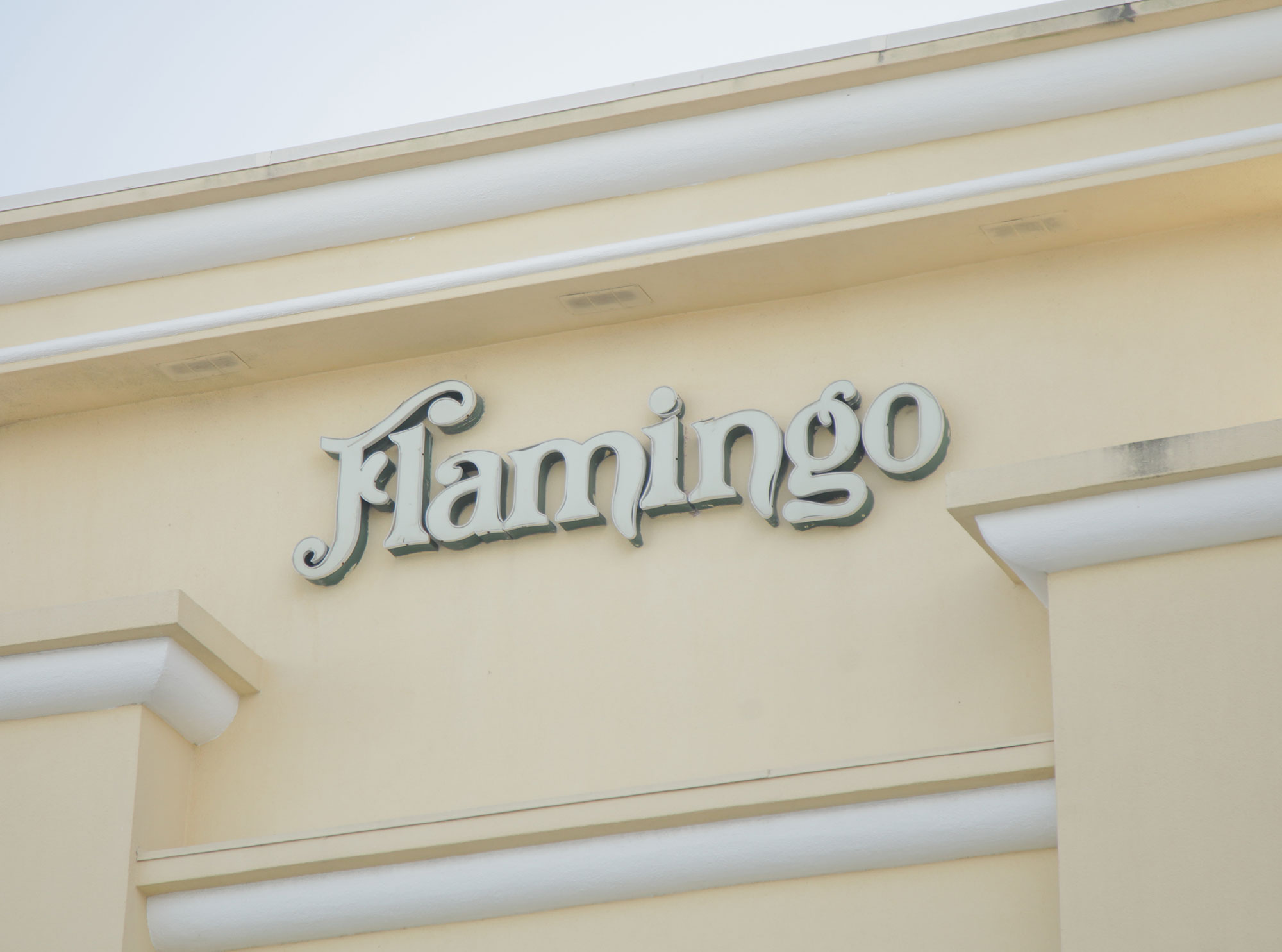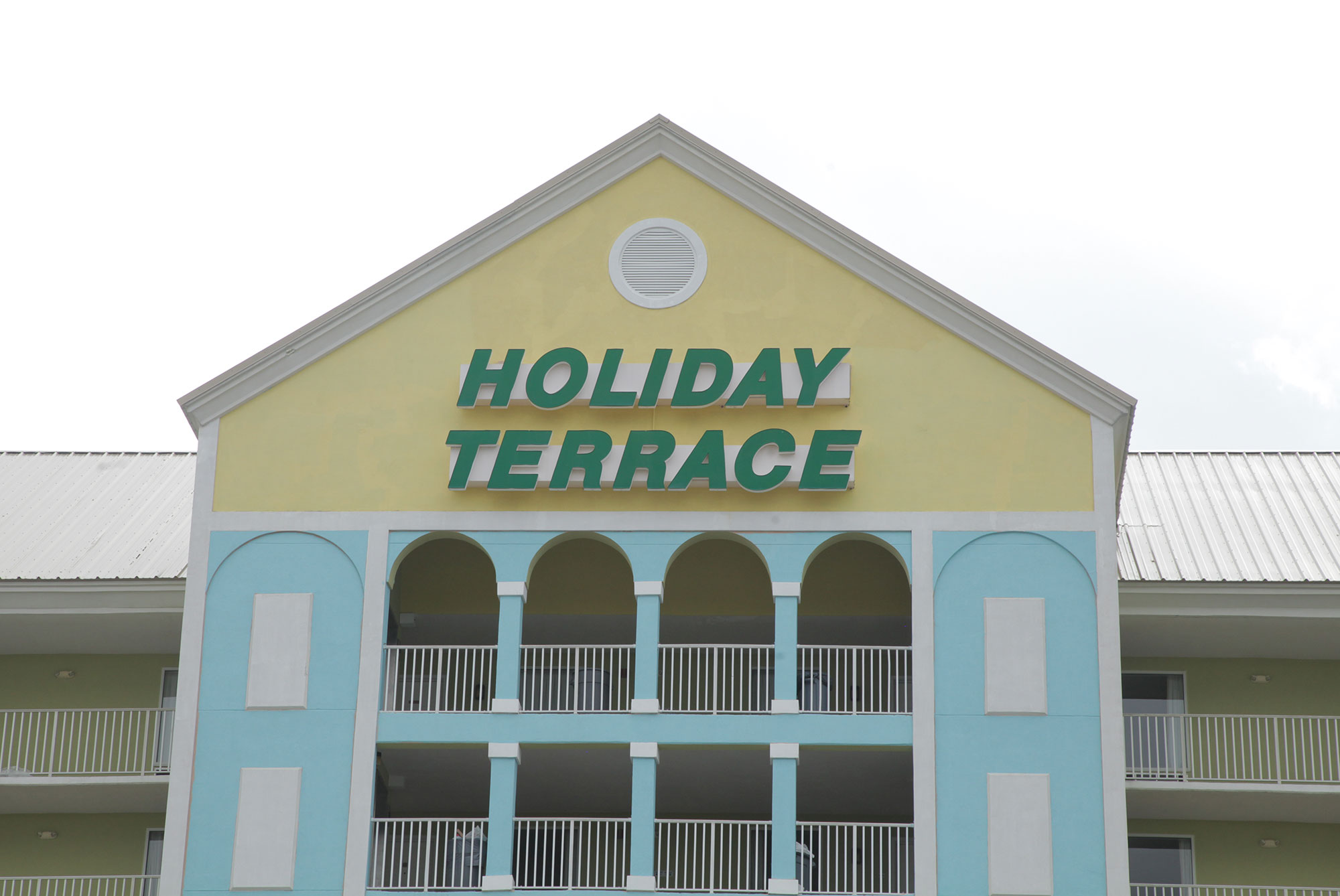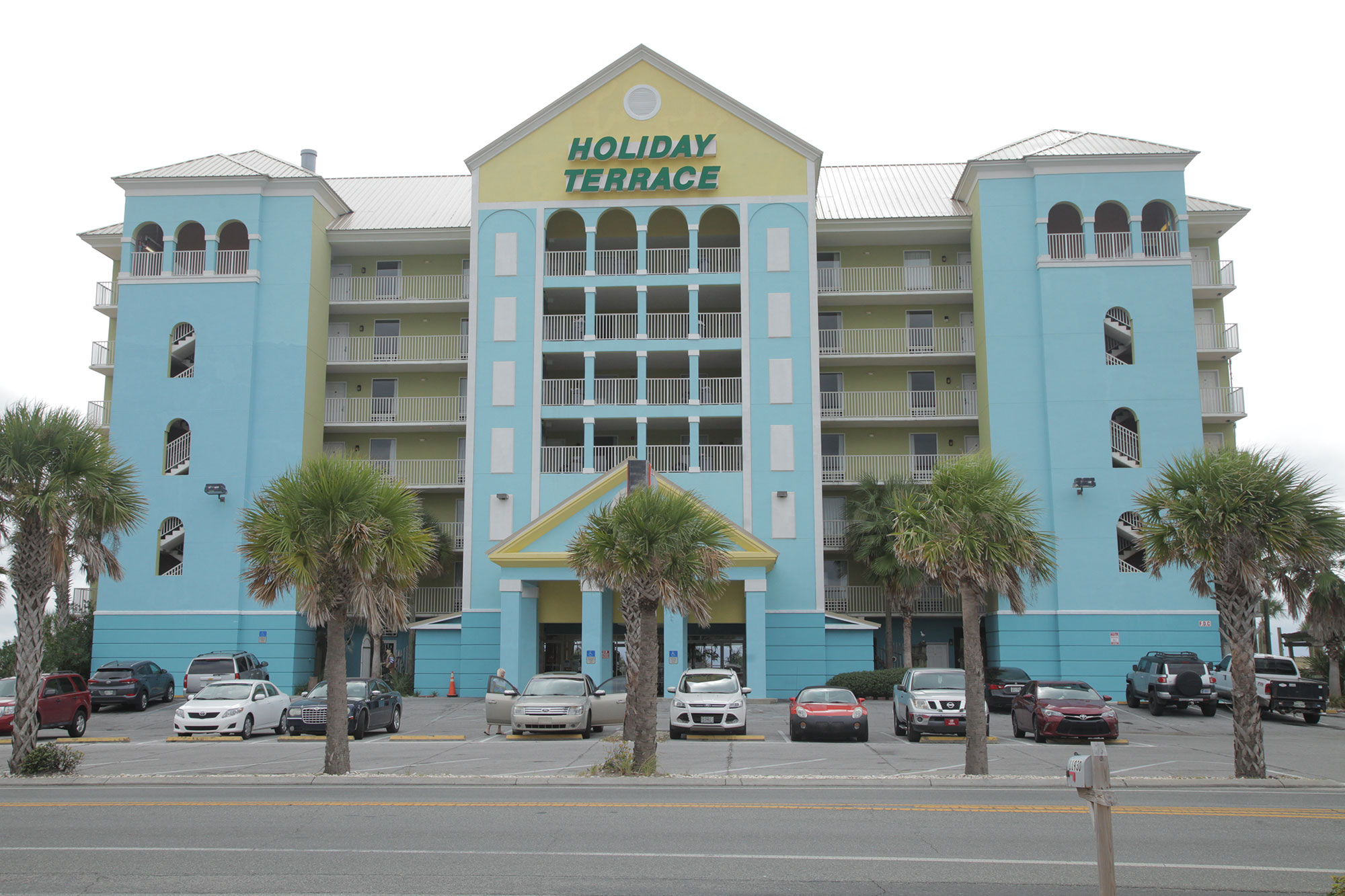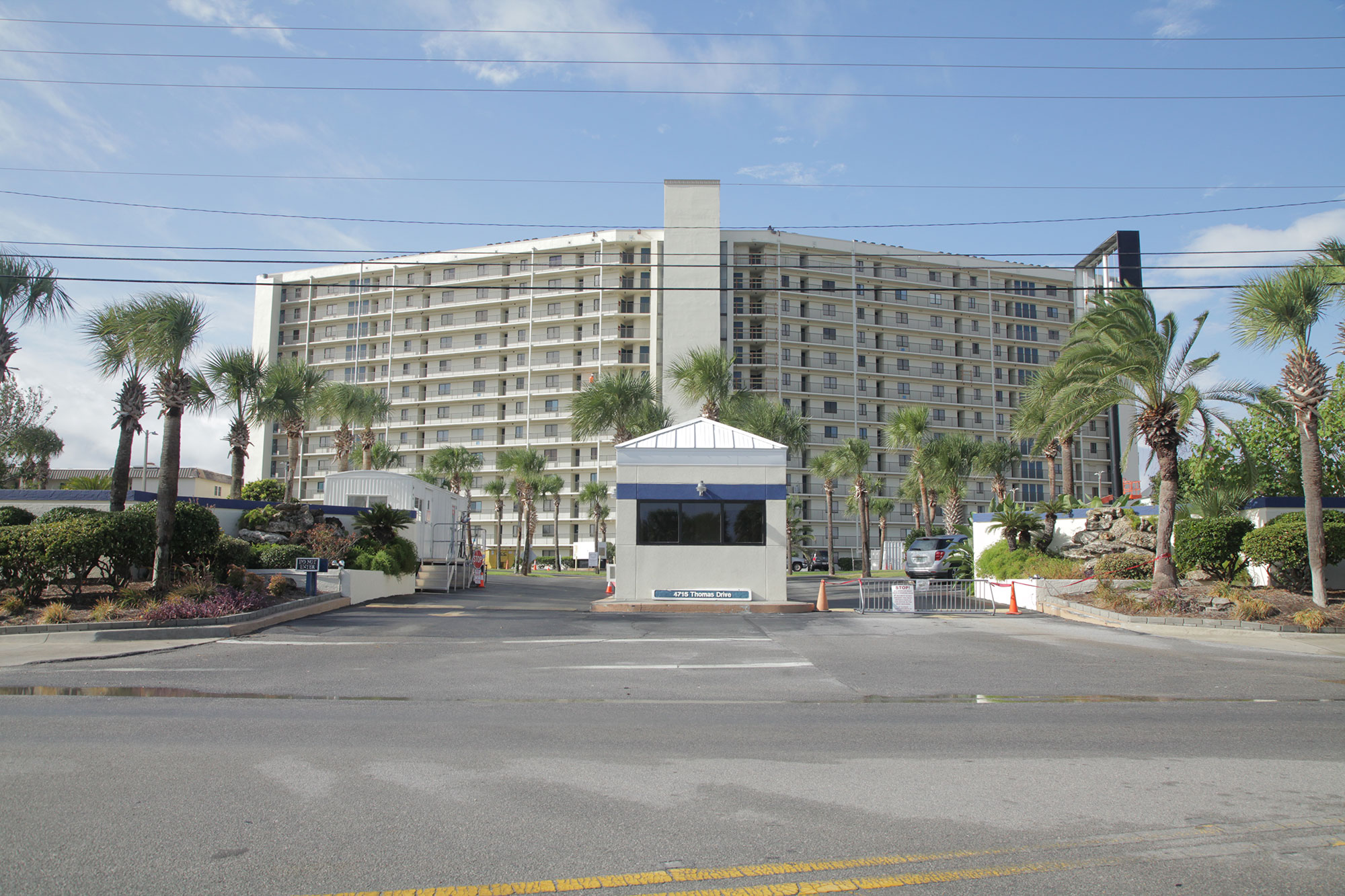KEITH WILSON
The Most Beautiful Beach (2021)
A visual taxonomy of the architectural typologies and nomenclature strategies of every oceanfront residential towers in Panama City Beach, Florida.
Made possible through a Monroe Research Fellowship from the New Orleans Center for the Gulf South at Tulane University.
A visual taxonomy of the architectural typologies and nomenclature strategies of every oceanfront residential towers in Panama City Beach, Florida.
Made possible through a Monroe Research Fellowship from the New Orleans Center for the Gulf South at Tulane University.


The Most Beautiful Beach is an in-progress photography project about the architectural typologies and nomenclature strategies of the oceanfront towers in Panama City Beach, Florida. With its official motto of “the World’s Most Beautiful Beach,” the city is a popular vacation, retirement and spring break destination.
In the early 2000s, a series of federal, state and local land use policies created a development-friendly environment that continues to alter the city’s coastline. Despite a halt in residential and rental construction following the 2008 housing crash, over 80 multi-story structures can be found along the city’s nine miles of shoreline. With names like Chateau on the Sea, Ocean Ritz, Princess, The Seychelles, and Pelican Walk, these buildings’ architecture and naming conventions attempt to evoke leisure, luxury, the exotic and an ability to be at one with the natural world. What none of their branding does, however, is call attention to the site’s colonial settler histories, its wealth disparities, or the ecological threats of sea-level rise and increasingly destructive hurricanes.
